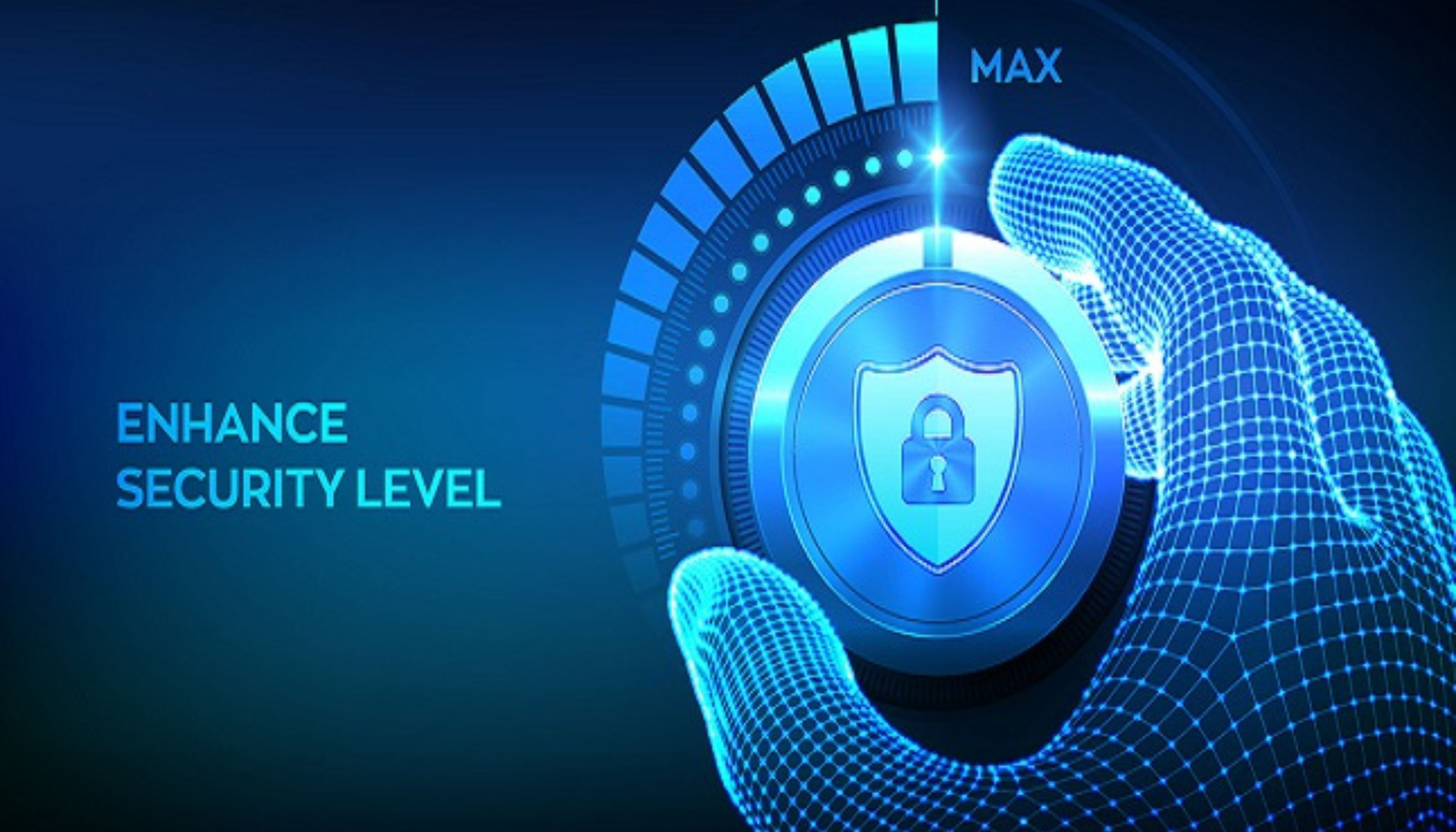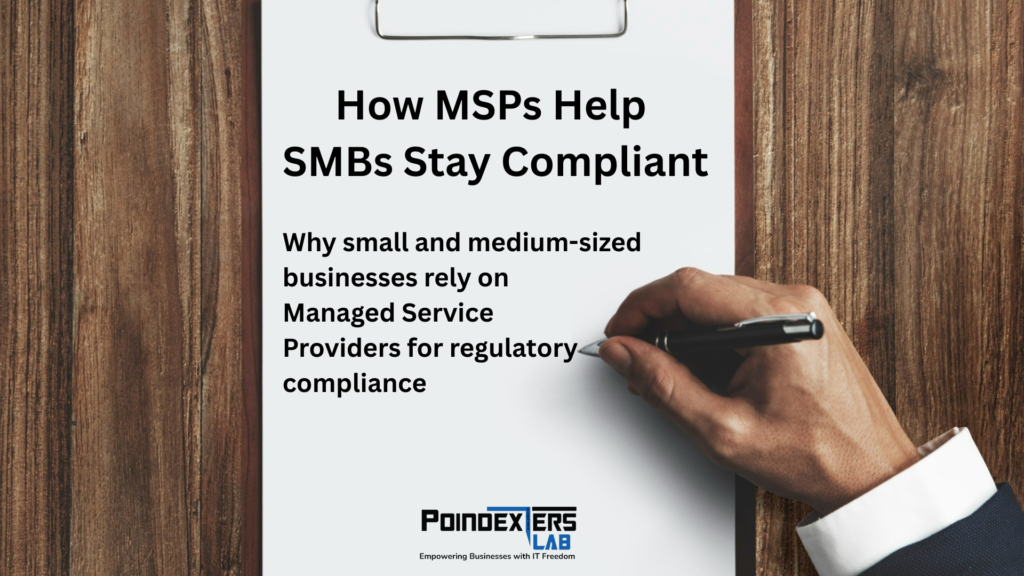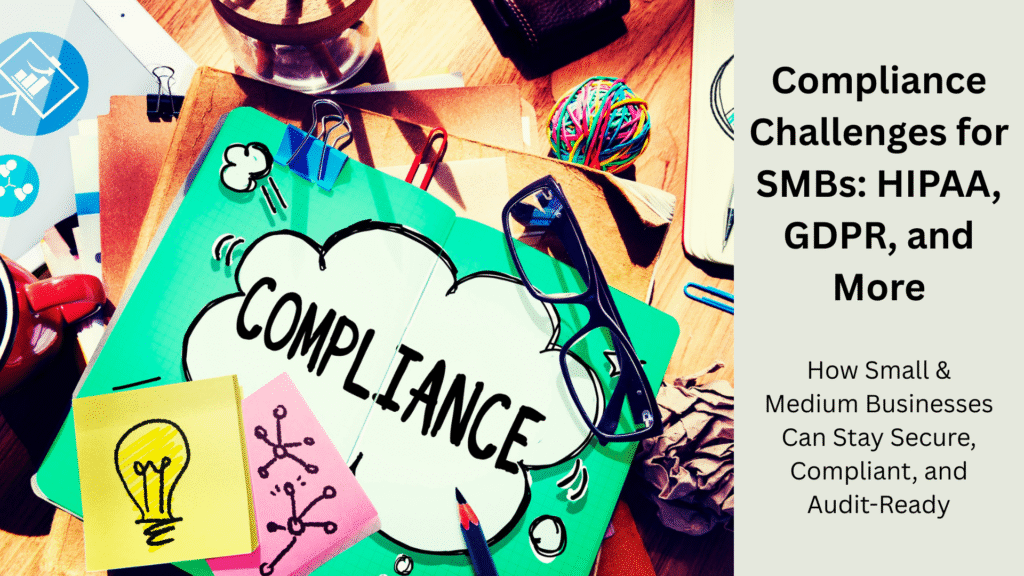Best Practices for Enhancing Your Company’s Cybersecurity Posture
Poindexters Lab
June 28, 2024

In today’s digital age, cybersecurity is a top priority for businesses of all sizes. Cyber threats are becoming more sophisticated, and the consequences of a security breach can be devastating. To protect your company’s sensitive data and maintain customer trust, it’s crucial to adopt a robust cybersecurity posture. Here are some best practices to enhance your company’s cybersecurity in 2024.
1. Conduct Regular Security Audits
Regular security audits are essential to identify vulnerabilities and assess the effectiveness of your existing security measures. These audits should include penetration testing, vulnerability assessments, and compliance checks.
Example:
- Penetration Testing: Hire ethical hackers to simulate cyberattacks on your systems to identify potential weaknesses and fix them before malicious actors exploit them.
2. Implement Multi-Factor Authentication (MFA)
Multi-factor authentication adds an extra layer of security by requiring users to verify their identity through multiple methods. This reduces the risk of unauthorized access, even if login credentials are compromised.
Example:
- MFA Solutions: Use MFA tools like Google Authenticator, Authy, or Microsoft Authenticator to secure user accounts with an additional verification step, such as a text message code or biometric scan.
3. Keep Software and Systems Updated
Regularly updating your software and systems ensures that you have the latest security patches and features. Outdated software can have vulnerabilities that cybercriminals can exploit.
Example:
- Automated Updates: Enable automatic updates for all your software and systems to ensure they are always up-to-date with the latest security patches.
4. Educate and Train Employees
Human error is a significant factor in many security breaches. Regular training sessions and awareness programs can help employees recognize and respond to potential threats.
Example:
- Phishing Simulations: Conduct phishing simulation exercises to educate employees about identifying suspicious emails and avoiding phishing scams.
5. Encrypt Sensitive Data
Data encryption ensures that even if your data is intercepted, it remains unreadable to unauthorized users. Encrypt sensitive data both in transit and at rest.
Example:
- Encryption Tools: Use encryption tools like BitLocker for disk encryption and SSL/TLS protocols for secure data transmission.
6. Establish a Strong Password Policy
Weak passwords are an easy target for cybercriminals. Implement a strong password policy that requires complex, unique passwords and regular password changes.
Example:
- Password Management: Use password managers like LastPass or 1Password to generate and store complex passwords securely.
7. Implement Network Security Measures
Protect your network with firewalls, intrusion detection systems, and regular network monitoring. Segment your network to limit the spread of malware in case of an attack.
Example:
- Firewall Solutions: Deploy advanced firewall solutions like Palo Alto Networks or Fortinet to monitor and control incoming and outgoing network traffic.
8. Develop an Incident Response Plan
An incident response plan outlines the steps your organization will take in the event of a cybersecurity incident. This plan should include roles and responsibilities, communication protocols, and recovery procedures.
Example:
- Incident Response Team: Form an incident response team with members from various departments to coordinate and manage the response to cybersecurity incidents.
9. Regularly Backup Data
Regular data backups ensure that you can quickly recover your data in case of a cyberattack, such as ransomware. Store backups in multiple locations, including offsite and cloud-based storage.
Example:
- Backup Solutions: Use automated backup solutions like Acronis or Veeam to regularly backup critical data and systems.
10. Monitor and Analyze Security Logs
Continuous monitoring and analysis of security logs help detect unusual activities and potential threats in real-time. Use security information and event management (SIEM) tools to consolidate and analyze log data.
Example:
- SIEM Tools: Implement SIEM solutions like Splunk or IBM QRadar to monitor and analyze security events across your network.
Conclusion:
Enhancing your company’s cybersecurity posture requires a proactive and comprehensive approach. By adopting these best practices, you can significantly reduce the risk of cyber threats and protect your organization’s valuable assets. Remember, cybersecurity is an ongoing process that involves continuous monitoring, updating, and educating. Stay vigilant and stay prepared to safeguard your company in the ever-evolving digital landscape.





